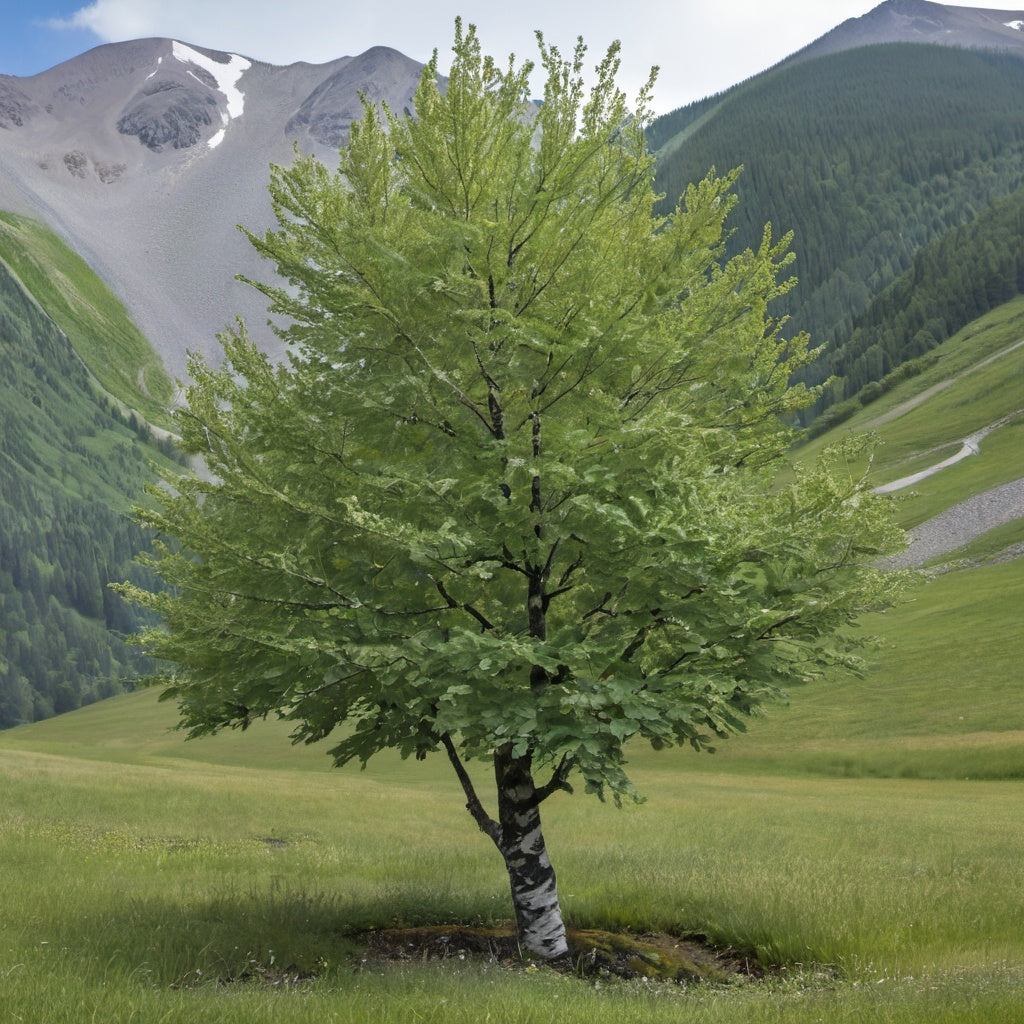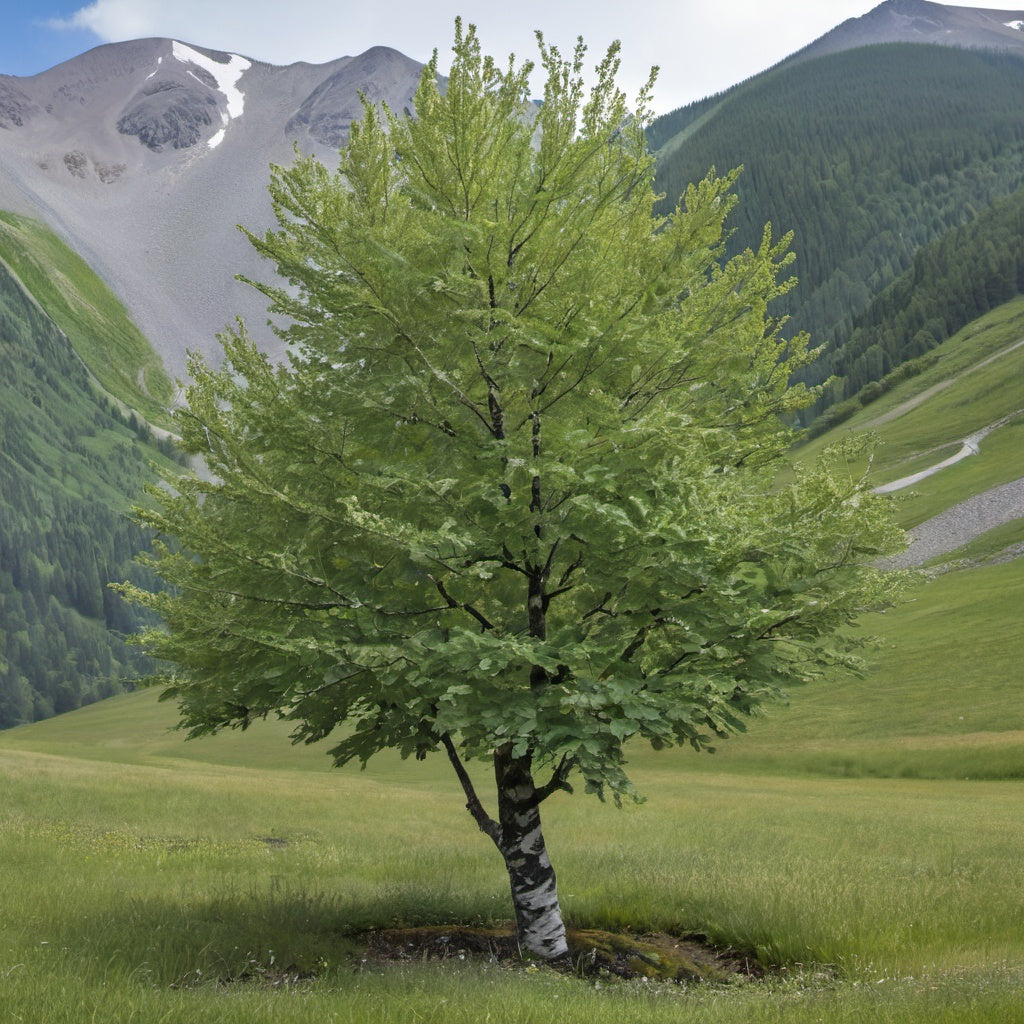Mountain Alder Tree Seeds
Mountain Alder Tree Seeds
Couldn't load pickup availability
Mountain Alder Tree Seeds
(Alnus cremastogyne)
Alnus cremastogyne, commonly known as the Mountain Alder, is a deciduous tree native to southwestern China, particularly in Sichuan and adjacent areas. It belongs to the birch family Betulaceae.
Characteristics:
- Height: It typically grows to about 15-25 meters (50-80 feet).
- Trunk: The tree has a straight trunk and a smooth, grey bark that becomes fissured as the tree matures.
- Leaves: The leaves are oval to lance-shaped with serrated edges, dark green above, and lighter below. They turn yellow in the fall.
- Flowers: Like other alders, it is monoecious, meaning it has both male and female flowers. The male flowers are in long, hanging catkins, while the female flowers are in shorter catkins that develop into woody cone-like structures.
- Seeds: The seeds are small nutlets contained in the woody cones and are dispersed by wind.
Habitat:
The Mountain Alder tree is typically found in moist soils, often near streams or in riparian zones. It thrives in well-drained, fertile soils and can tolerate a wide range of soil pH. It prefers full sun but can grow in partial shade.
Ecological Role:
This species, like other alders, is important for its ability to fix nitrogen in the soil through a symbiotic relationship with the bacteria Frankia in its root nodules. This allows it to improve soil fertility, which is beneficial for other plants growing nearby.
Uses:
- Reforestation and Erosion Control: Its ability to grow in poor soils and fix nitrogen makes it useful in reforestation efforts and soil stabilization, particularly in degraded or eroded areas.
- Wood: The wood is used locally for fuel, construction, and other small-scale applications, though it is not considered highly valuable commercially.
Zones: 4 to 9
Stratification Requirement: 30 days cold moist stratification.
Planting Instructions:
Before planting, the seeds benefit from a cold stratification period to improve germination rates. Place the seeds in moist sand or seed starting mix and store them in a refrigerator for 30 days. This process simulates the natural winter conditions that the seeds would experience in the wild.
Once stratified, sow the seeds in a well-draining seed-starting mix. The Mountain Alder tree prefers slightly acidic to neutral soil conditions, so ensure the medium has a pH between 6.0 and 7.0. Scatter the seeds lightly over the surface and gently press them into the soil. Since these seeds require light to germinate, avoid covering them with a thick layer of soil. Water the seed tray or pot thoroughly and maintain consistent moisture, ensuring the soil doesn’t dry out.
Place the containers in a bright, indirect light location, maintaining a temperature of around 70 to 75 degrees for optimal germination. It may take several weeks for the seeds to sprout. Once seedlings develop a few true leaves, they can be carefully transplanted into individual pots. Gradually acclimate them to outdoor conditions before planting them in their final location. Choose a spot with full sun to partial shade, ensuring the soil remains consistently moist but not waterlogged, as Mountain Alder thrives in these conditions.
Share


